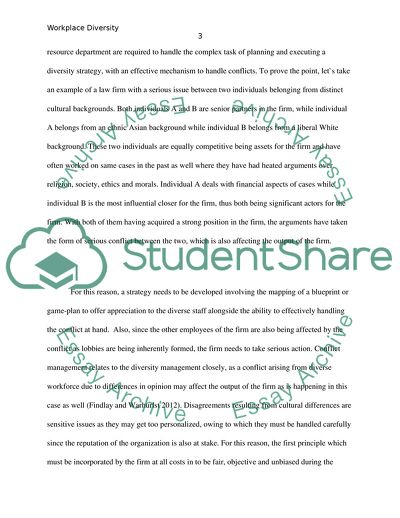Cite this document
(Managing Diversity and Equal opportunities Essay Example | Topics and Well Written Essays - 2000 words, n.d.)
Managing Diversity and Equal opportunities Essay Example | Topics and Well Written Essays - 2000 words. https://studentshare.org/management/1819159-managing-diversity-and-equal-opportunities
Managing Diversity and Equal opportunities Essay Example | Topics and Well Written Essays - 2000 words. https://studentshare.org/management/1819159-managing-diversity-and-equal-opportunities
(Managing Diversity and Equal Opportunities Essay Example | Topics and Well Written Essays - 2000 Words)
Managing Diversity and Equal Opportunities Essay Example | Topics and Well Written Essays - 2000 Words. https://studentshare.org/management/1819159-managing-diversity-and-equal-opportunities.
Managing Diversity and Equal Opportunities Essay Example | Topics and Well Written Essays - 2000 Words. https://studentshare.org/management/1819159-managing-diversity-and-equal-opportunities.
“Managing Diversity and Equal Opportunities Essay Example | Topics and Well Written Essays - 2000 Words”. https://studentshare.org/management/1819159-managing-diversity-and-equal-opportunities.


